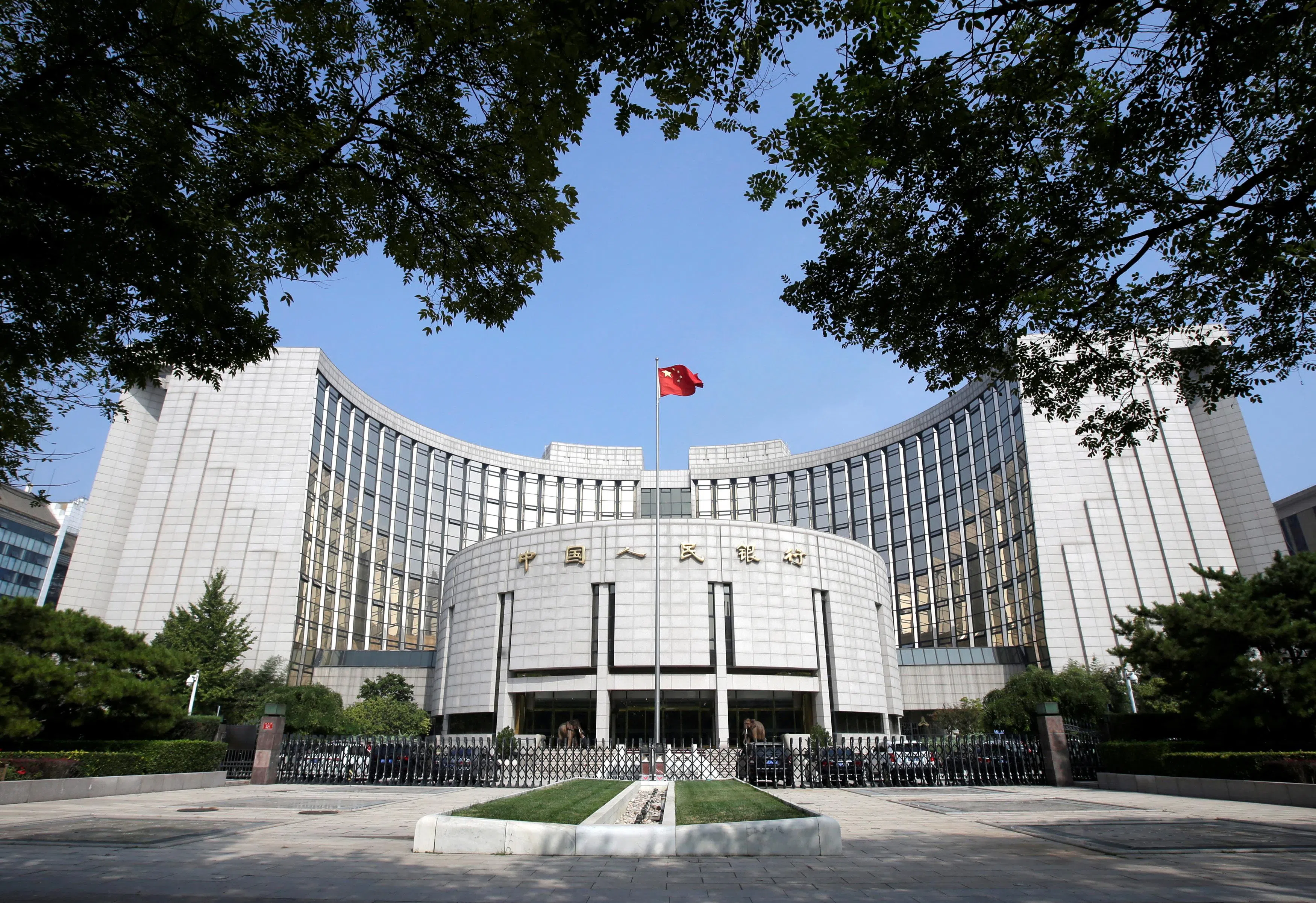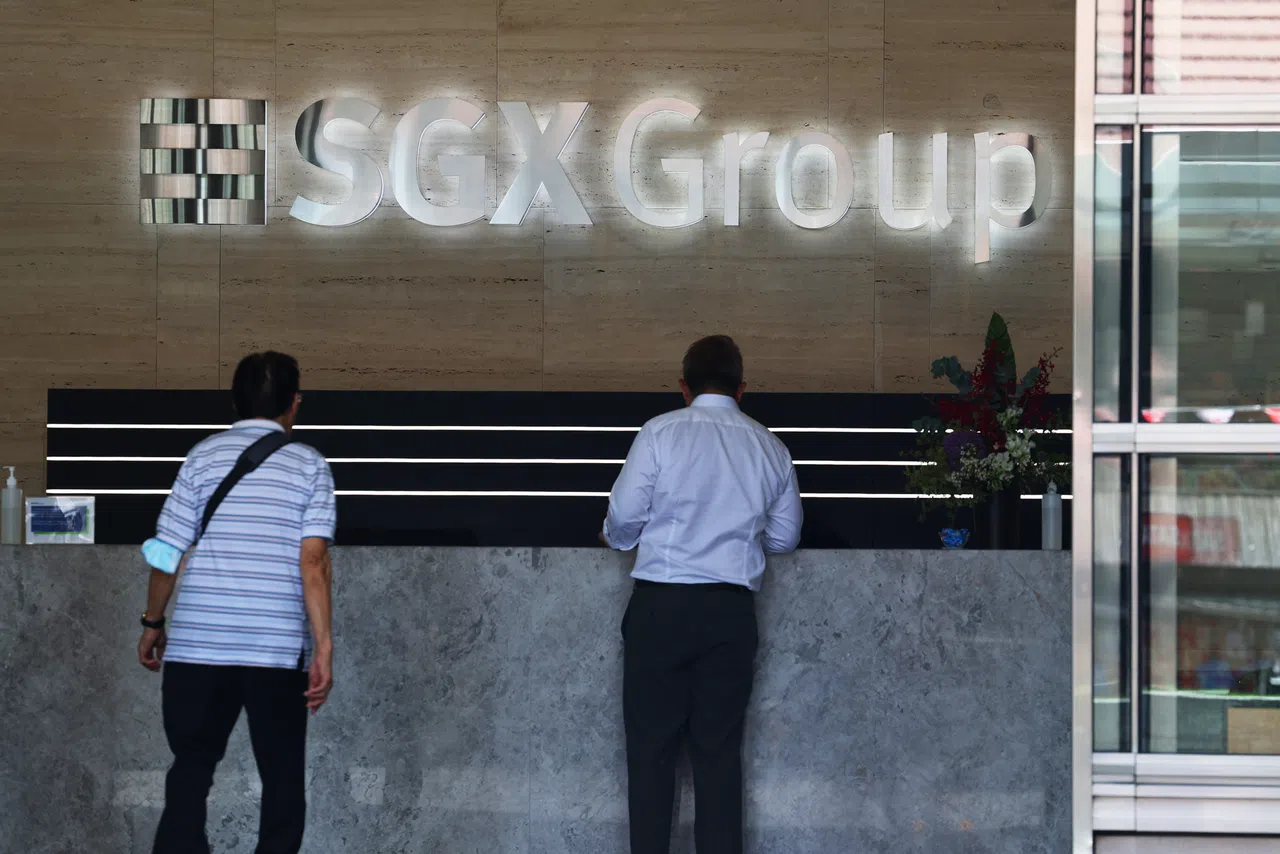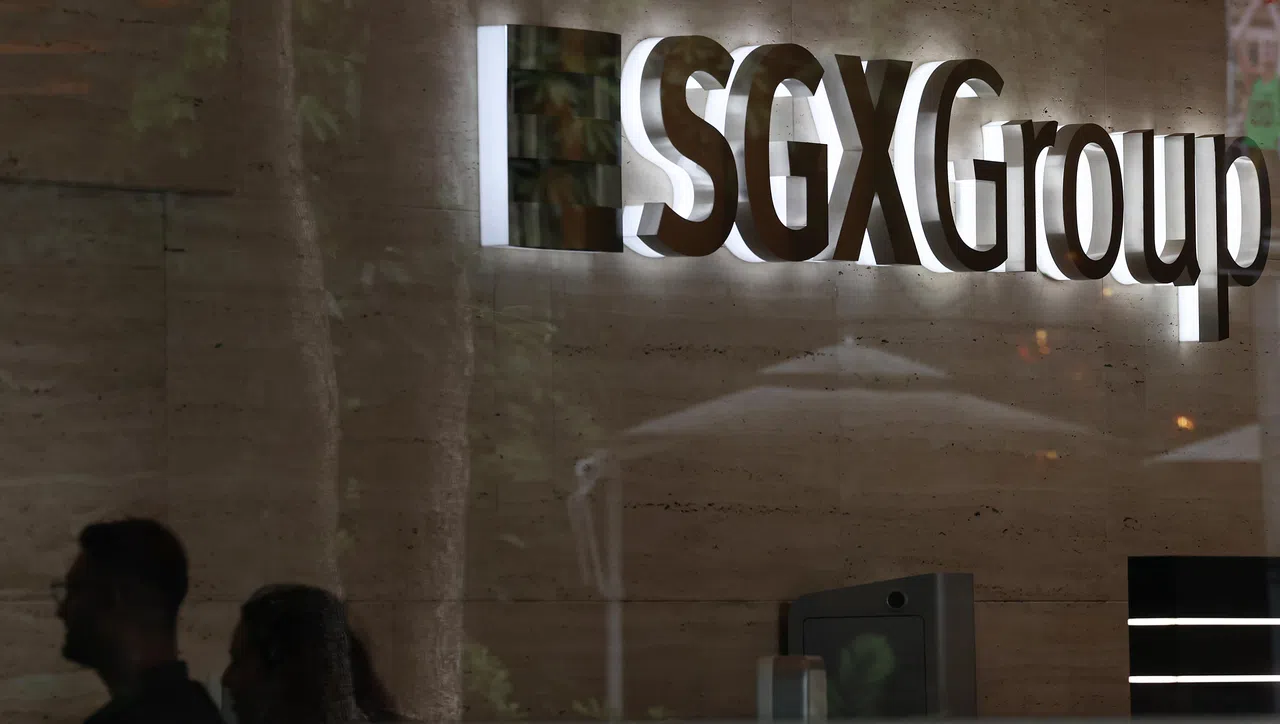CHINA’S central bank is expanding its monetary policy toolkit to get a better handle on liquidity in the financial system as it seeks to add more levers to fine-tune the economy.
The People’s Bank Of China (PBOC) will conduct monthly outright reverse repos with primary dealers, according to a statement on Monday (Oct 28). The move is aimed at maintaining a reasonable level of liquidity in the banking system and to enrich its toolkit for monetary policy, the PBOC said.
A so-called reverse repo is a form of short-term borrowing used in money markets, which involve the purchase of a security with an agreement to sell it back at a specific date. Here, the securities will include sovereign bonds, local government notes and corporate debt, the PBOC said.
The central bank has been revamping its policy framework in a shift that could allow it to operate more like global peers and influence market borrowing costs more effectively. It has been downplaying the role of the medium-term lending facility (MLF) as a key rate while transitioning to using seven-day reverse repo as the main policy lever to deliver a clearer signal, with the new operations maturities likely to sit between the two.
The new tool is likely to provide a longer-term liquidity injection to the interbank market and could help with an expected increase in bond issuance from China, according to Becky Liu, head of China macro strategy at Standard Chartered Bank in Hong Kong.
“Outright repo has an underlying exchange of bonds, so banks can hopefully free up longer-term liquidity,” she said. “The PBOC can prepare banks to facilitate a rise of government bond issuance ahead.”
BT in your inbox
Start and end each day with the latest news stories and analyses delivered straight to your inbox.
Beijing may also have one eye on the US election, choosing to give itself additional tools ahead of the result, lest its currency or bond markets be dramatically impacted, Liu added.
On top of giving the PBOC more options to deal with various liquidity issues, strategists see the tool helping its management of the bond market both through purchases and sales, at a time when China is seen borrowing more to help fund stimulus.
“A more developed outright reverse repo would better connect with global practice,” said Ju Wang, Greater China FX & rates strategist at BNP Paribas. It “allows the PBOC to have more bonds to sell later to control long-end yields”.
Money market signs
Money market gauges have been flashing signs that China’s banks and non-bank financial institutions remain under a degree of funding stress. The institutions are heading into a year-end that may see a seasonal rise in cash demand and are also waiting to see how potential fiscal stimulus will be funded.
Ensuring there’s sufficient liquidity in the market is key to helping the economy, which has been weighed by a lack of domestic demand and a persistent property crisis. Policymakers unleashed a broad stimulus package since the end of September, including outsized cuts to interest rates and the amount of cash banks must hold in reserves.
China is expected to allow local governments issue more bonds to refinance their off-balance-sheet debt and the central government could also potentially sell more treasury notes to fund more spending. That means an increase in supply that may drain liquidity from the interbank market in the coming months, as commercial banks are the main buyers of bonds.
The new tool is expected to supplement existing ones, including the seven-day reverse repo, one-year MLF, government bond trading and reserve requirement ratio adjustments, according to a report on Monday in Shanghai Securities News that cites unidentified people close to the central bank.
The PBOC will likely conduct 3- or 6-month outright reverse repo operations, the report said. This will help offset a sizable maturity wall in the one-year MLF in the last two months of the year, it added.
China has about 1.45 trillion yuan (S$270 billion) of MLF loans to roll over in both November and December, according to data compiled by Bloomberg.
The country’s benchmark yield edged higher on Monday, while the offshore yuan dipped amid broad strength in the US dollar.
Compared with reverse repo, “there is a higher flexibility in terms of what the PBOC can do with the bonds which are sold to them under outright reverse repos”, said Frances Cheung, strategist at OCBC Bank. Their introduction may also mean a lower chance of a reserve requirement ratio cut to replace MLF, she added. BLOOMBERG







